My scientific interest include electronic, mechanical, thermodynamic
and transport properties of structures at the nanoscale.

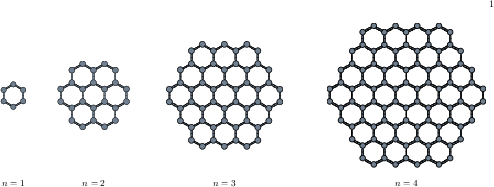
Our results show that the cohesive energy Ucoh of graphene flakes
depend on the local enviroment of the bonds. It can be written as
Ucoh=(n3/N)V3+(nzz/N)Vzz+(nac/N)Vac
where V3, Vzz and Vac are the contributions
of the 3-fold coordinated atoms, the atoms at the zig-zag edges and the atoms
at the arm chair edges and n3, nzz and nac
the corresponding number of atoms, respectively and
N=n3+nzz+nac is the total number of atoms
in the flake.
(See: Zacharias G. Fthenakis, Energetics of graphene flakes
,
Mol. Phys. 111 , 3289 (2013))
The simplest haeckelites are Pentaheptites, which are built entirely out of
pentagonal and heptagonal Carbon rings. Octagraphene is another haeckelite
built entirely of octagons and squares. The conversion of graphene to
Pentaheptites and their further conversion to Octagraphene through
Stone - Walles transformations are shown in the figure bellow. Apparently,
there is a whole world of haeckelites.
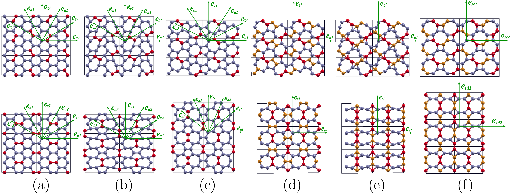
My interests on haeckelites include the study of their electronic, mechanical
and transport properties.
(See:
* Zacharias G. Fthenakis, Zhen Zhu and David Tomanek,
Effect of structural defects on the thermal conductivity of graphene:
From point to line defects to haeckelites
Phys. Rev. B 89 , 125421 (2014)
* Zhen Zhu, Zacharias G. Fthenakis and David Tomanek,
Electronic Structure and Transport
in Graphene/Haeckelite Hybrids: An Ab Initio Study
* Zacharias G. Fthenakis and Nektarios N. Lathiotakis,
Graphene allotropes
under extreme uniaxial strain: An ab-initio study ,
submmited for publication in Nanoscale
* Zacharias G. Fthenakis and Nektarios N. Lathiotakis, Unisotropic behaviour
of 2D structures with octagraphene topology under uniaxial strain,
in preparation
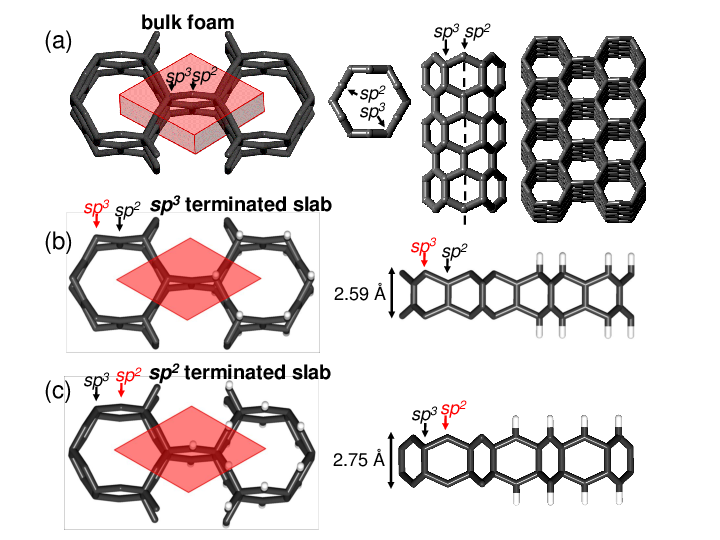
According to our findings, sp3 terminated slabs (as well as
the bulk carbon foam) is semiconductor, while sp2 terminated slabs
are metalic. This can be explained in terms of first and second nearest
neighbour interactions between
p-orbitals, which are directed perpendicular to the graphtic walls and
consequently parallel to the foam surface, unlike graphene, where
conductivity is owed to the p-orbitals, which are perpendicular
to the surface.
(See: Zhen Zhu, Zacharias G. Fthenakis, Jie Guan and David Tomanek,
Topologically protected conduction state at carbon foam
surfaces: An ab-initio study
Phys. Rev. Lett. 112 , 026803 (2014) )
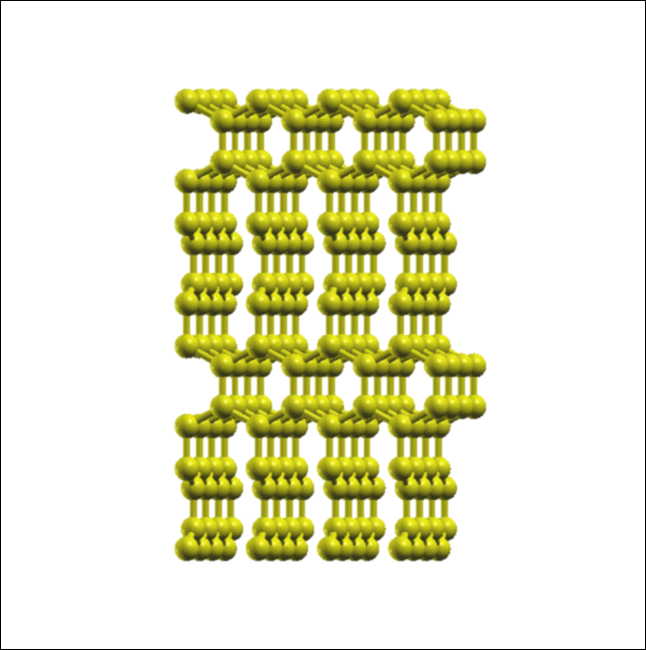
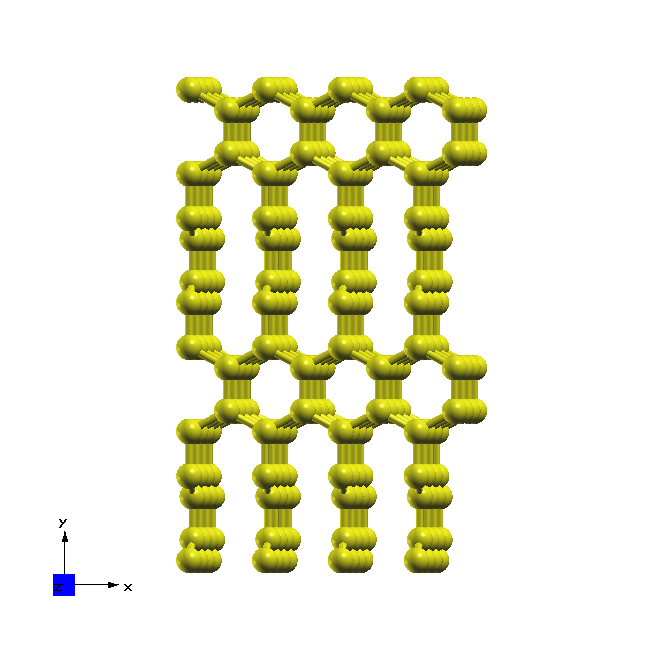
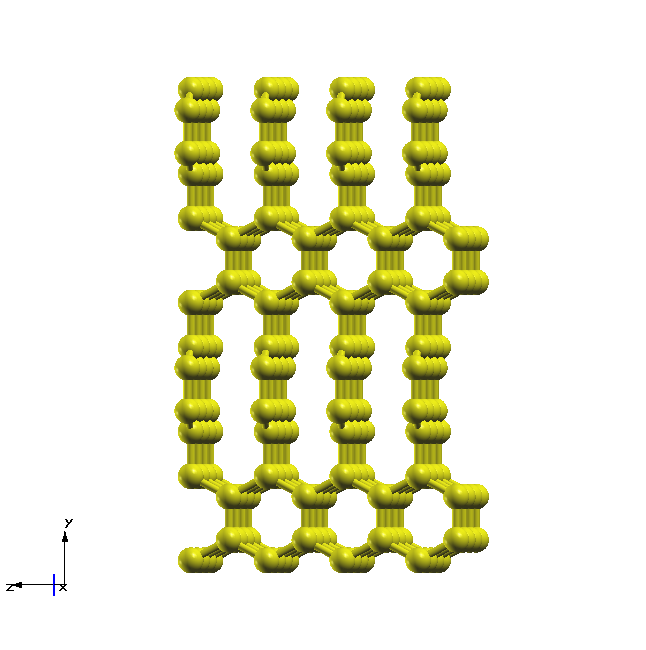
See preliminary results here
Stress along x direction
Stress along y direction
